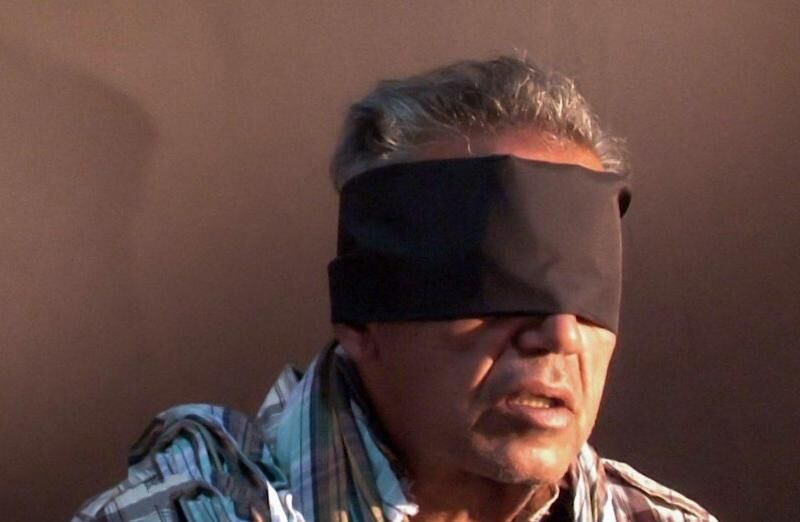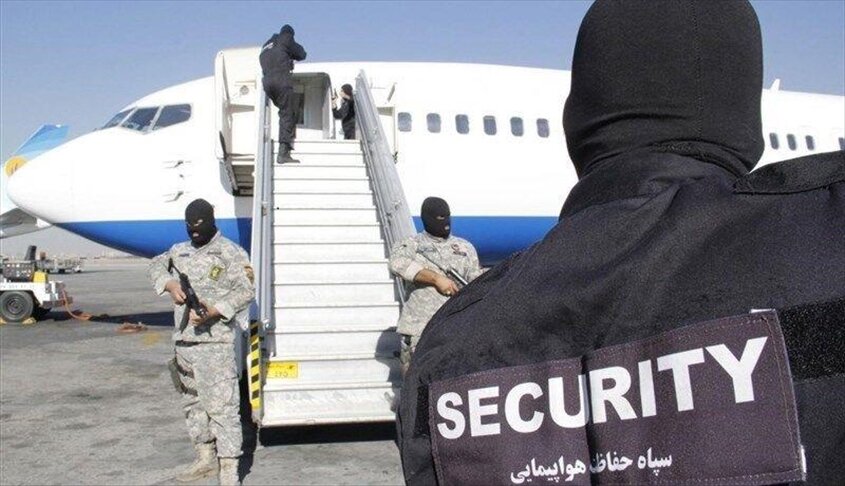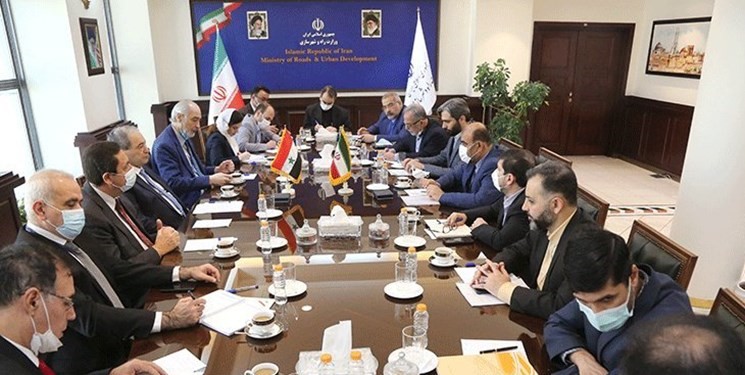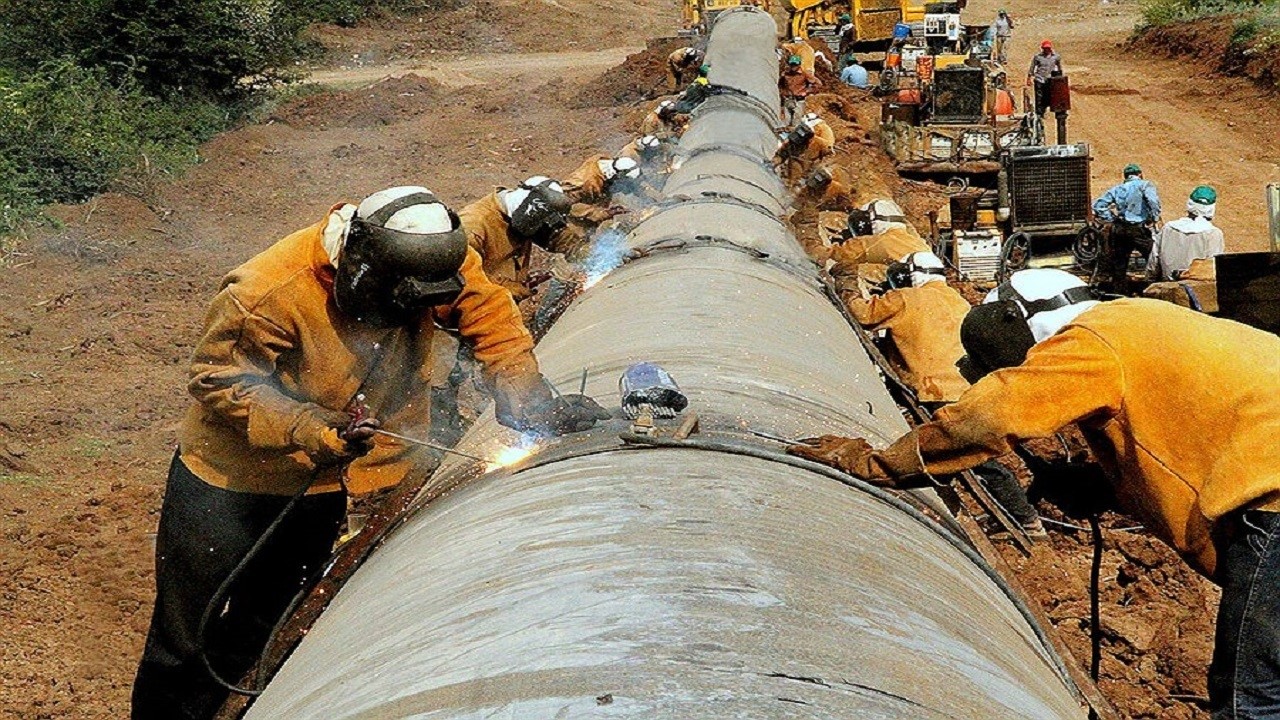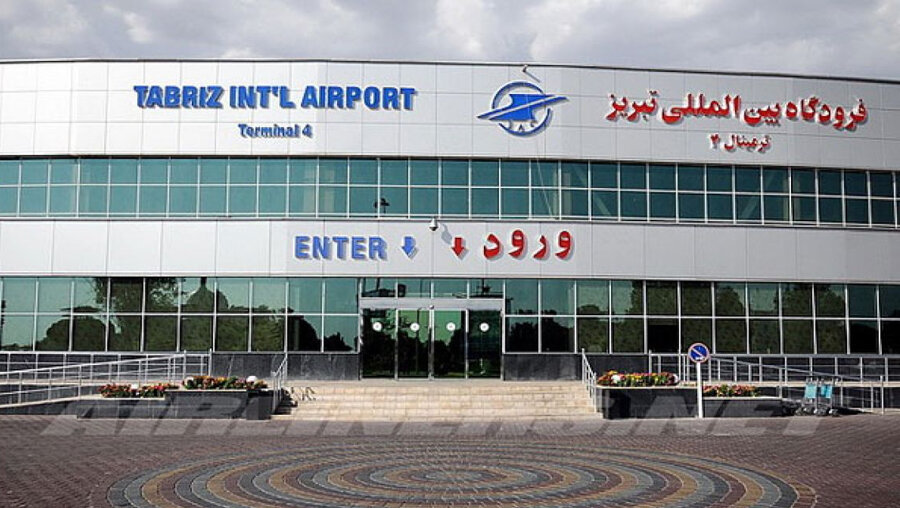
Tabriz International Airport, in northwest Iran.
“In the long run, we need a number of world class international airports.”
Iran is a huge country, almost four times the size of Iraq and six times the size of the United Kingdom. It can take eight hours or more to travel by road between Tehran and Isfahan or Isfahan to Shiraz. In order to facilitate transport, the Iranian government has long subsidized domestic air travel. The price of an Iran Air ticket from Tehran to its second largest city Mashhad, 560 miles away, is just $38 at the real exchange rate. Other fares are cheaper. As such, domestic air travel is very popular among Iranians.
While the newer Imam Khomeini International Airport, in the desert between Tehran and Qom, handles most international flights, the older Mehrabad airport within Tehran’s city limit is the primary domestic hub serving the capitol. The excerpted article from pro-regime and security focused Fars News Agency examines Iranian government planning for the future of Iran’s national air transportation infrastructure and mentions completion of upgrades at Tehran’s Mehrabad Airport. It suggests that Iran is turning to both Russia and China to upgrade existing airfields and build ostensibly new “world class international airports,” that would necessitate large runways that could also accommodate Russian and Chinese military aircraft.
Source:
“Hamkari Chin va Rusiya ba Iran baraye Sakht-e Chandin Farudgah Bayn Almelli dar Sateh Jahani (China, Russia to Help Iran Build Several World-Class International Airports),” Fars News Agency (Iranian media outlet with close ties to the Iranian defense and security apparatus), 2 February 2022. https://www.farsnews.ir/news/14001112000609/
Siavash Amir Makri today told reporters on the sidelines of a commemoration marking the anniversary of the historic return of Imam Khomeini on 1 February 1979, and the inauguration of various projects at Mehrabad Airport that Iran’s Airport Company is responsible for managing, directing, and developing 53 airports across the country…
He added: In previous years, relying on domestic production capacity and knowledge-based companies, we provided most of our equipment needs from domestic production. He continued, “Recently, we have had projects such as advanced radar, switching and navigation aid systems and runway lighting system at Ardabil airport, and have reached self-sufficiency in these fields.”
Regarding the promotion of interactions with China and Russia, he said, “Our plan in the field of airports, considering the interactions with China and Russia, will be the construction of new airports in accordance with the needs of the country in some areas.”
The chief of Iran Airports Company said, “After technical and specialized discussions, projects will aim for the next 20 to 25 years since existing airports will meet the needs of the industry for the next 15 years, but in the long run we need a number of world class international airports.”
Image Information:
Image: Tabriz International Airport, in northwest Iran.
Source: Hamshahri
https://media.hamshahrionline.ir/d/2019/03/19/4/4320141.jpg
Attribution:

